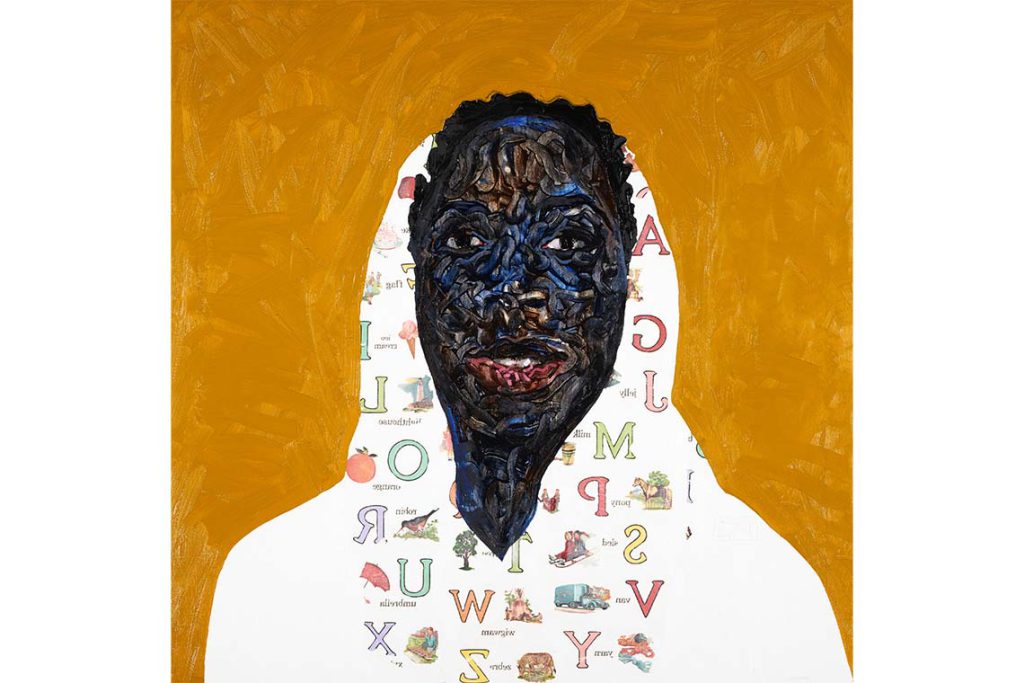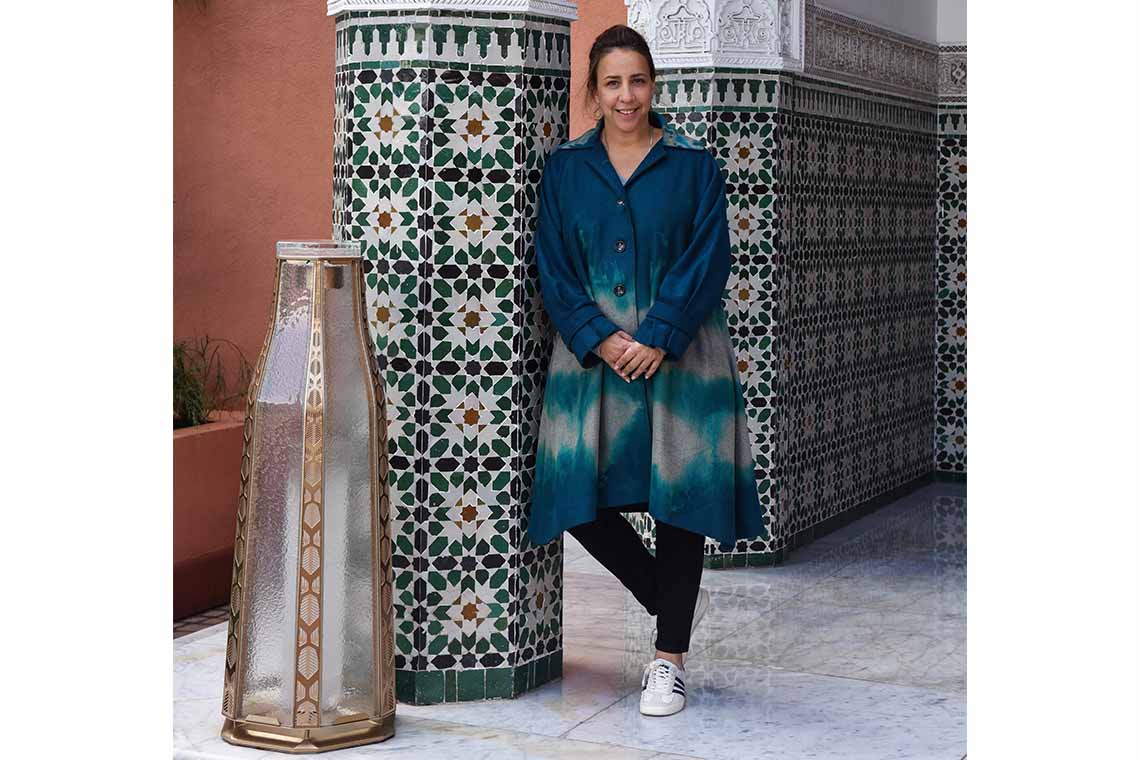The founder of 1-54 Contemporary African Art Fair speaks about the origins of the fair and what the future holds.
Canvas: Touria, you founded 1-54 Contemporary African Art Fair more than a decade ago. Why did you start the fair and what has changed over the years?
Touria El Glaoui: I began 1-54 in 2013, with our first edition held in London. The mission has always been to provide visibility to artists from the African continent and the diaspora, but the landscape has really changed since then. When we started there weren’t many spaces for artists from the region and a big gap in representation, with many fairs not accepting galleries who represented artists with African heritage. So, 1-54 was always a fair with a mission, but there was also the realisation that what was missing was bigger than our original goals. Because of this, we had to accelerate what we were doing for integration and inclusivity. We held our second edition in New York in 2015 and from there everything has moved very fast. We’re immensely proud of the artists who exhibit at 1-54 and to be on the African continent for the Marrakech edition. We’re especially delighted to be able to present a platform that is African for African artists.
What role has the fair played in generating more interest in contemporary African art?
We are beginning to see some really wonderful galleries from countries in Africa, such as Morocco, that have huge impact now, not only by representing their local artists but also by highlighting a wider range of work from across the continent. There is also increasing interest in Africa in art from Africa. This is a great thing, because it means that the focus of the market’s attention is not solely on Europe or the Americas. There are a lot of artists now who are excited to be represented by an African platform. Amoako Boafo is a good example – he is represented by the biggest international galleries and was never interested in doing 1-54 in London or New York, but joined us in Marrakech!
1-54 Marrakech has always been hosted at La Mamounia. What prompted you to add the second location at DaDa this year?
La Mamounia is pretty much one of the most beautiful spaces we could wish for, but the reality is that it can be limited in terms of space. Over the years there have been many demands for the scope to expand. 1-54 has always been synonymous with integrity and openness, while providing opportunities for education, so it was also important for us to have a space linked to the community of Marrakech, deep in the old Medina.
How does 1-54 integrate special programming alongside the fair?
We do this in very different ways, but this year specifically we collaborated with Black Rock Senegal, which is Kehinde Wiley’s residency programme. The idea was to create a symposium and exchange between all the art residencies in Africa. This was the theme of the programming in Marrakech and it is something that is often artist-led. It is very important is to be able to share the specific challenges that you face on the African continent.

In March you will be expanding to Hong Kong in the form of 1-54 Presents. Why is this the next location for 1-54?
2024 is our first introduction to the Asian markets and, from what we can see, to the collectors who bid the highest prices at auctions. They are showing interest in African artists, but we don’t know them and want to do so! We will be at Art Basel Hong Kong, one of the most important meeting points for these collectors, and highlighting what we’ve been doing for the last 11 years. 1-54 Presents is a concept of small curated shows that launched last year and through which we spotlight special themes. This year, it’s really about the presentation of all of our artists who have played a huge role in the journey of understanding and engaging with contemporary African art. We’ve chosen those who we believe will be the best ambassadors for our introduction to Asia.
What particular challenges have you faced in terms of sponsorship and building relationships?
There is a limited number of sponsors interested in an event that doesn’t happen in their country and is related to such a specific focus, but in many ways, this is the reality of art fairs in general. We’re dealing with galleries that are small businesses at the end of the day, so we are very aware of the investment required to be a part of the fair. We obviously want these galleries to be successful, both for their artists and themselves, so that they are willing to come back and participate again. It’s really a huge collaboration between us and the galleries, and we trust each other to make each edition a success.
In the Middle East, there’s now a very large emerging community interested in art. What message would you send to collectors from this region to come and explore 1-54 in Marrakech, London or New York?
Access, education and awareness are very important, so the idea of collectors coming to discover a whole different continent and enlarge their scope of understanding of the world is definitely a plus. We’re lucky that we are still only touching the tip of the iceberg when it comes to contemporary art from Africa. African art is full of surprises and there are some amazing talents, so come!
This interview first appeared in Canvas 112: Uncovered



